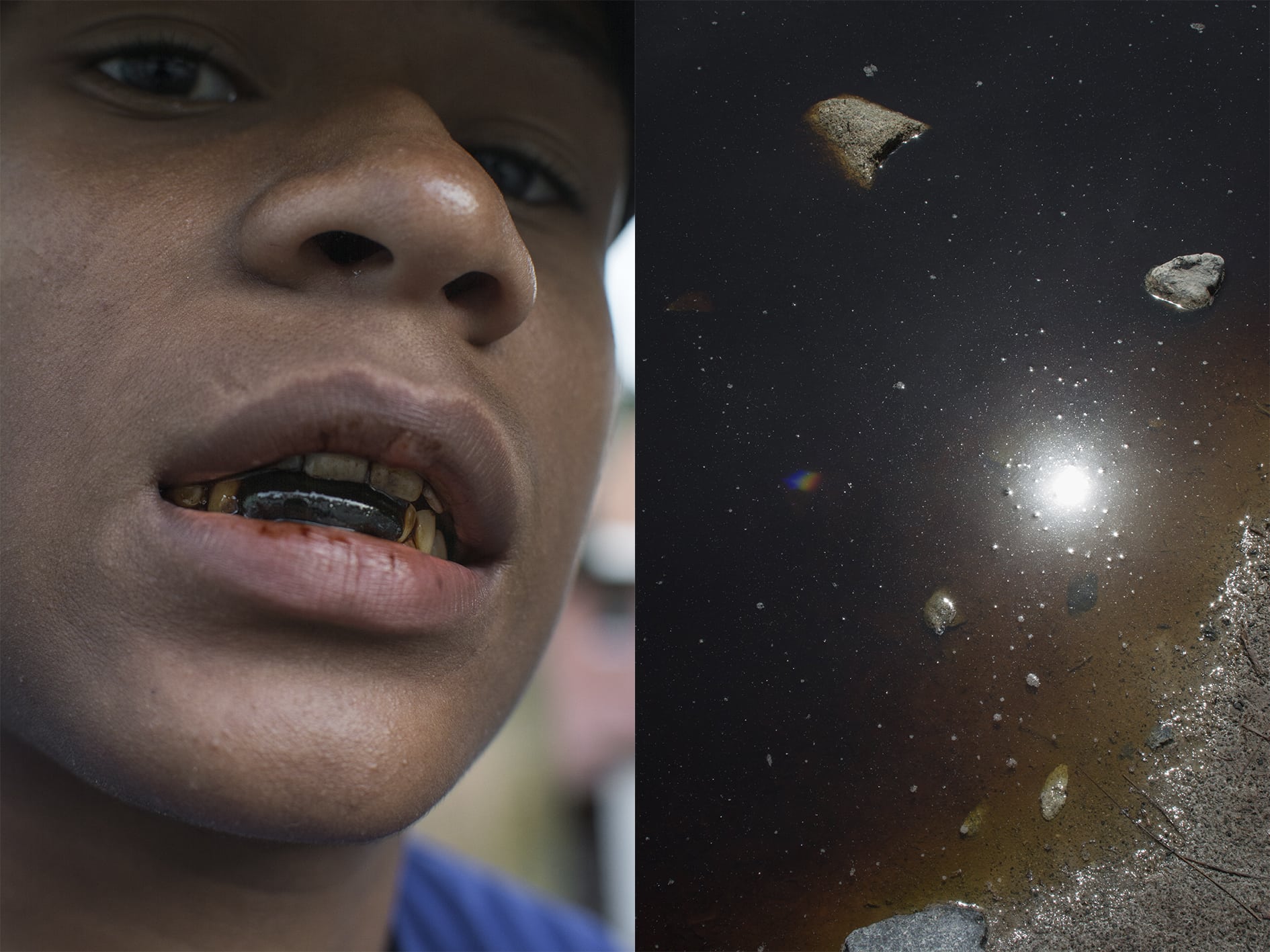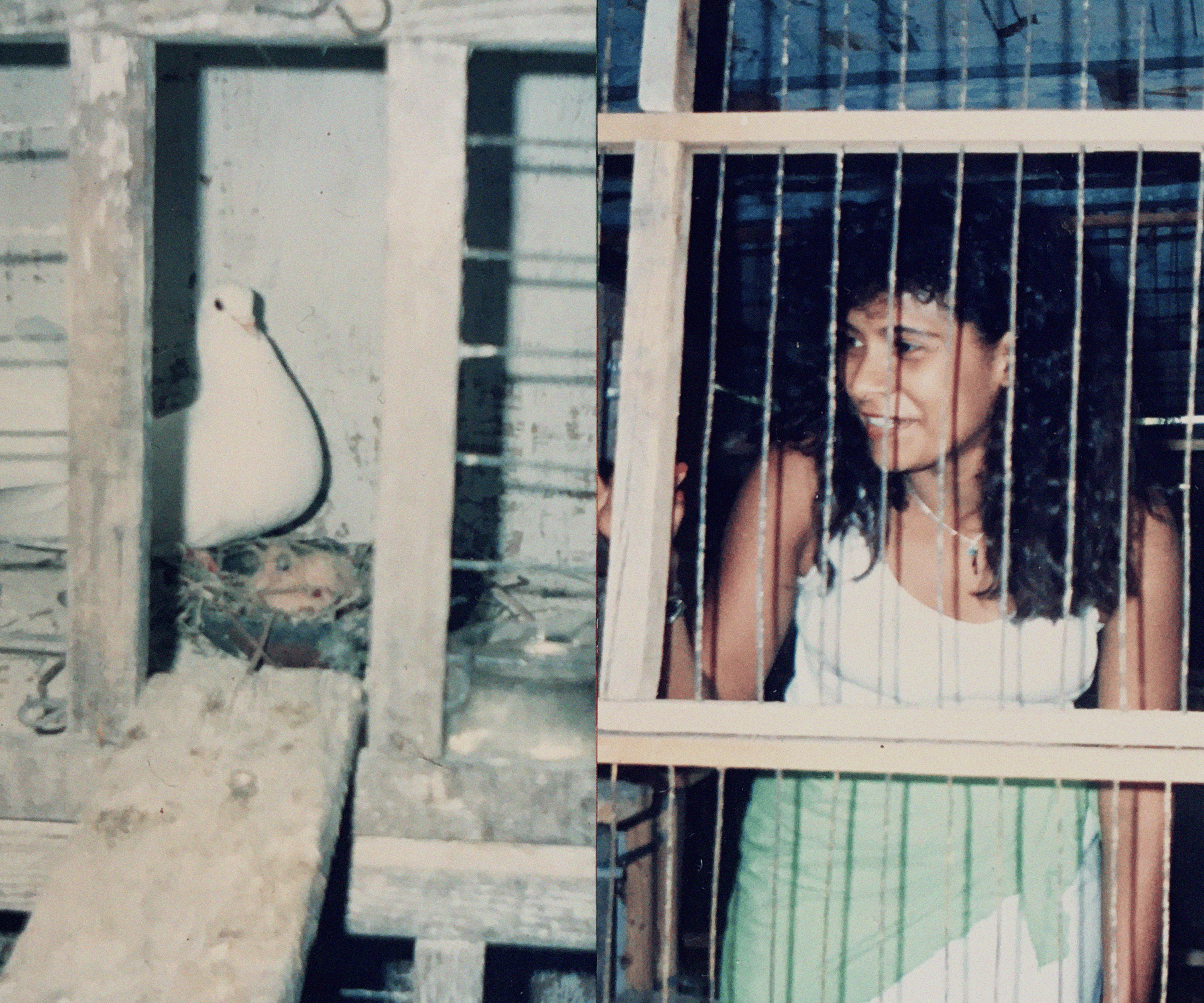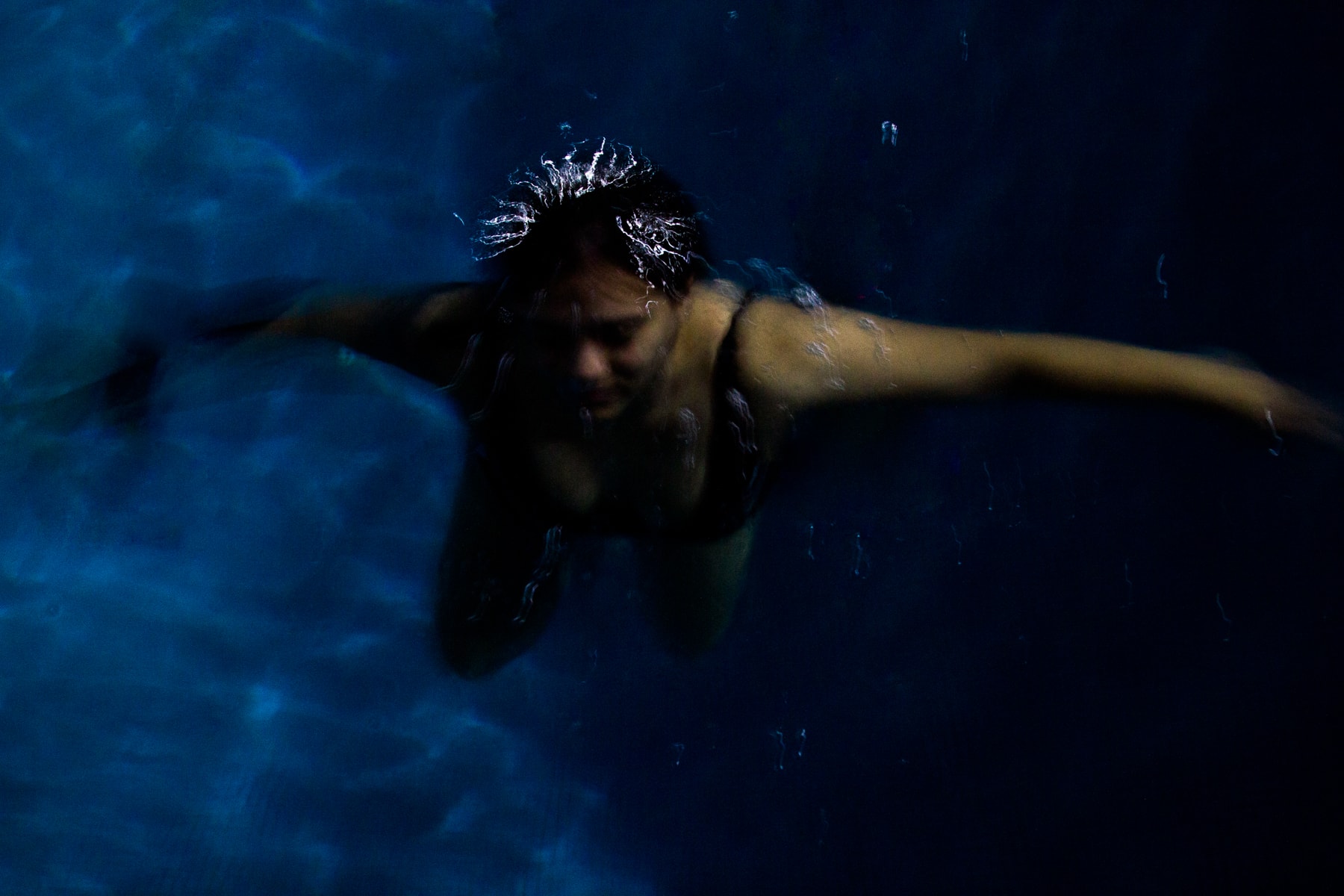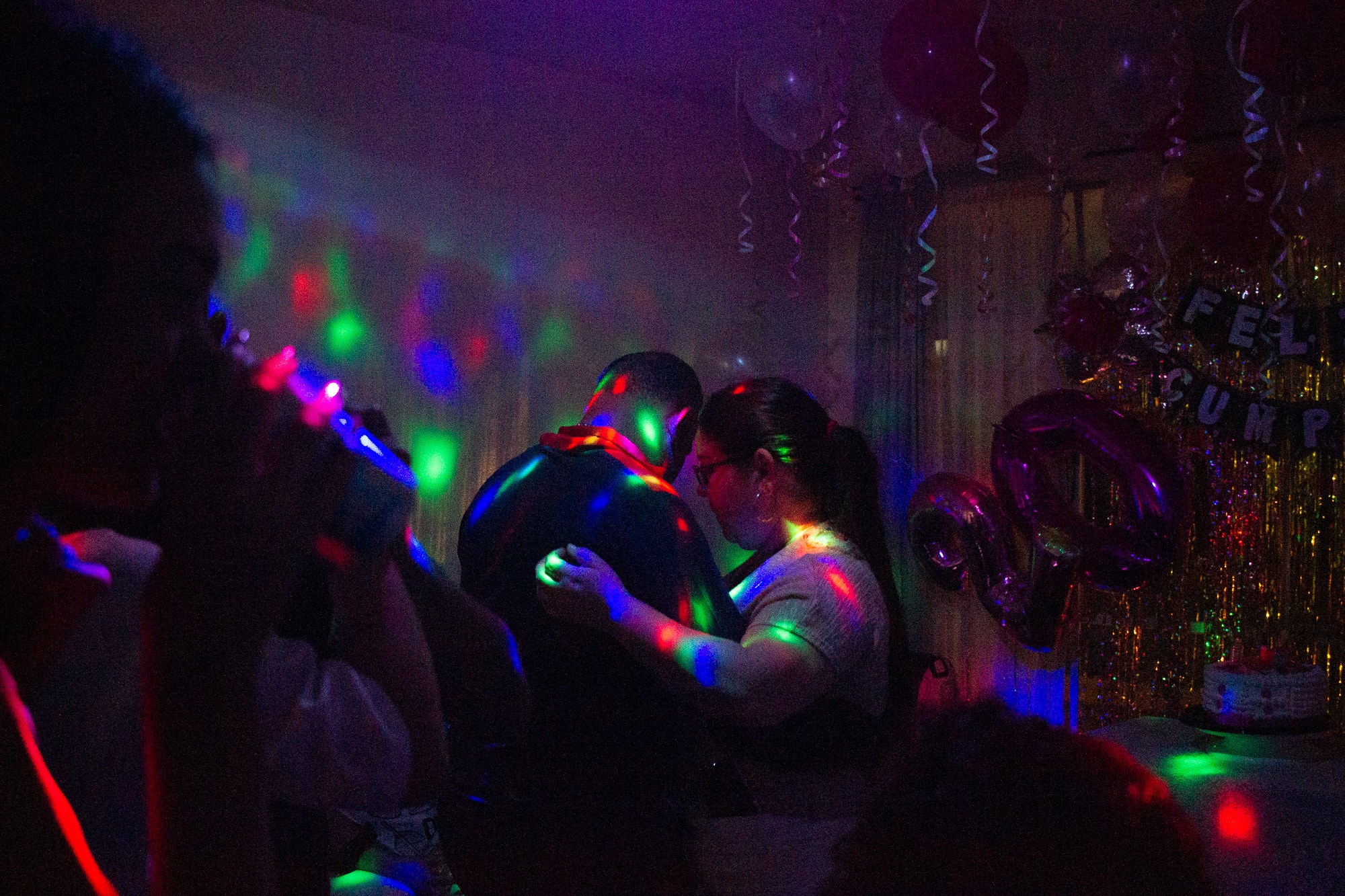
For a migrant gaze of the world
“Semillero Migrante” is a mentorship program in photojournalism aimed at mitigating one of the significant issues in the discipline in Latin America: its elitism. Founded in 2021 by Venezuelan photographer Fabiola Ferrero, it is a free program conducted in Spanish, with its pedagogical content tailored to the needs of each participant. We spoke with Ferrero, who initiated the project between Colombia and Venezuela but hopes to expand it throughout the region.
By Alonso Almenara
Migrating is never easy; it means taking a chance on the unknown, starting anew in a potentially hostile place, far from any certainties, family, loved ones, one’s native language and the customs one was raised with. Fabiola Ferrero knows this well: like millions of Venezuelans, she decided to leave her country due to the crisis. But in her case, migration became a vital necessity and the subject that her award-winning work as a documentary photographer revolves around.
Born in Caracas in 1991, she is now considered one of the region’s most influential figures in photography. She has won the World Press Photo South America award, is a member of the Magnum Foundation, and publishes her work in international media outlets such as Bloomberg, Le Monde, The Wall Street Journal, The New York Times, and National Geographic. She resides in Bogotá and works on long-term photographic projects in South America, mainly focusing on the crisis in her home country.
Interestingly, she never had a traditional formal education. “I started as a self-taught photographer, but it wasn’t until I found professional guidance that my career began to take a clearer path,” she comments. Among the mentors who helped shape her vision are Alice Gabriner (former editor at Time), Maggie Stebber (National Geographic photographer), and Sim Chi Yin (Magnum photographer). “I firmly believe in collective work, the value of teaching, and the power of storytelling. Having seen it firsthand, I want others to benefit from that knowledge.”
This experience led her to establish the Migrant Seedbed two years ago, a mentorship program for young Venezuelan and Colombian photographers. The initiative aims to assist emerging talents who lack access to resources to develop their vision as storytellers, help them engage with local communities, and facilitate the integration of the receiving and migrant populations.
The program exists thanks to the support of institutions such as the Anna Frank Space, a Venezuelan organization focused on using photography for social projects, and the Roberto Mata School of Photography in Caracas, which provides its network of teachers and participates in the candidate search and selection process. In 2022, the project received funding from Getty Images.
The program lasts approximately four months, during which students have online master sessions on various topics (editing, fieldwork, migration concepts, ethics, etc.) and private sessions with their mentors. For example, last year’s mentors included Oscar Castillo, Juanita Escobar, Juan Toro, Costanza de Rogatis, and Fabiola Ferrero.

How did you launch this project?
The idea arose during the pandemic, partly because of the excess free time I had while in lockdown and not having the same amount of work I had in Venezuela. I had just moved to Colombia, which was involuntary. I went for other reasons, and again, due to the pandemic, I stayed there. Let’s say the experience of migration is significant to me in general. Much of my work is related to migration, and like any Venezuelan, migration has permeated my life in every way. But up until that moment, I knew it from the perspective of those left behind, saying goodbye to their entire family. During that pandemic, it also became the experience of being far from home.
From there, the project emerged from feeling surrounded by the idea of migration. That’s one aspect. But also, as a photographer working in the field, I saw how difficult it is to access many things in photography, including educational opportunities. In other words, if you don’t have, for example, a level of English that allows you to enter mentorship programs like the ones I’ve participated in, such as the Joop Swart Masterclass or the mentorship program at Agency VII.
All these educational opportunities I’ve had, I’ve had them in part because I have a second language. And I know that in Latin America, a lot of talent doesn’t necessarily speak English or necessarily have the resources to travel or apply for these things. There’s an elitism factor in photojournalism. So, I wanted to do something that addressed the migration issue but sought it from local voices and, at the same time, provided a space for these individuals to develop their artistic searches.

How important is the mentorship program in creating this space?
I believe very strongly in the figure of the tutor or mentor. My entire photographic career has been thanks to that: I didn’t study photography, but I learned to photograph thanks to people who were very generous with their knowledge. I wanted to use that same figure with a group of selected students.
From there, the idea began to take shape gradually until it became clearer. The first edition of the program was done with eight Colombian and Venezuelan photographers, all based in Colombia. The second edition, which had a group of eleven participants, included photographers from Colombia and Venezuela because one of the program’s goals was to foster integration between both cultures, given that Colombia is the country receiving the most Venezuelan migrants. However, we didn’t want it to be exclusively for Venezuelans, as I felt that would isolate us from one another. Instead, we aimed to promote interaction and integration between both cultures. If we can secure funding, we hope to expand it to all of Latin America.
“The voice of the foreigner who has covered migration in the world for many years is just as important as that of the migrant who only knows their experience. And there are millions of migrants, millions of different experiences. Here, we can’t encompass them all, but the few we do, we try to do so with nuances, providing a level of depth that isn’t always present in the portraits of the migration experience we often see in the press.”
How do you assess the results of the experience so far? Are there any projects from the Seedbed that have particularly caught your attention?
I think there are tangible results, depending on the profiles. For example, you see individuals starting to receive scholarships, winning awards, exhibiting internationally, and maybe even gaining international and local clients. Le Veneque is a good example: right after the program, they received their first scholarship, followed by several awards, including the Pride Photo Award. They just exhibited their work in Amsterdam. There’s Jair Coll, who is now working with The New York Times and Bloomberg. I think of Miguel Zambrano, who is now working with AFP in Caracas, or Freisy González, another student who currently has a major collective exhibition in Caracas, in which I am also participating. Opportunities are opening up for them. They may not necessarily owe this solely to the program, but it certainly contributes to their progress.
Then, other results aren’t as easily measurable, but you perceive them because you know the students. For example, a certain clarity in their artistic pursuits and a reduced fear of making mistakes because the program is also about shedding the idea of perfectionism and encouraging experimentation, rekindling the spirit of play, but ensuring that play has a focus and aligns with the pursuit of each of their unique visions and voices. These results are also visible. Ultimately, I hope the program helps them believe more in their potential and genuinely work on developing it.
Returning to the topic of migration, a subject that is increasingly discussed globally and especially in Latin America. What can images contribute to the understanding of the migrant condition? Why is it important to photograph that experience?
As you mentioned, there is growing attention to these issues, but not necessarily more depth in what we see. You can’t ask a 2,000-character article to explain a migration phenomenon. So, I think it’s important to have initiatives like this one where a migration record is gradually generated with time and patience.
Another crucial component is that this is done with a multitude of voices. For me, the voice of the foreigner who has covered migration in the world for many years and has extensive knowledge of the subject is just as important as that of the migrant who only knows their own unique and individual experience. And there are millions of migrants, meaning millions of different experiences. We can’t cover them all, but in the few we do, we try to do so with nuance, providing a level of depth that isn’t always present in the portrayals of the migration experience we often see in the media. Hence, the importance of work like Le Veneque,Cindy Muñoz, or Freisy offers a very personal and intimate perspective on the emotional world that arises when one migrates.
One of the students doesn’t work on migration as we commonly know it but focuses on gender transition because the body is also a homeland. That change has emotional consequences similar to those of migration. It’s a project that interests me and, in any case, reflects an openness to other ways of looking at migration, beyond the traditional.




